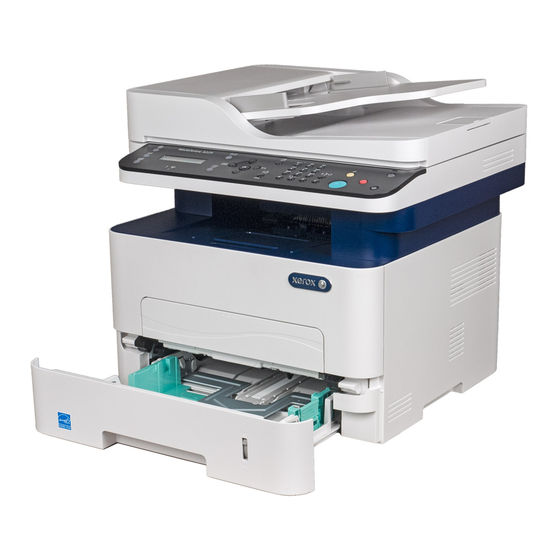
Xerox 3225 User Manual
Xerox print system users guide 3825/3225/2025
Hide thumbs
Also See for 3225:
- Service manual (186 pages) ,
- Quick use manual (16 pages) ,
- Installation manual (2 pages)
Table of Contents
Advertisement
Advertisement
Table of Contents

















Need help?
Do you have a question about the 3225 and is the answer not in the manual?
Questions and answers
How do I change the toner cartridge in older 3225 Workcenter?